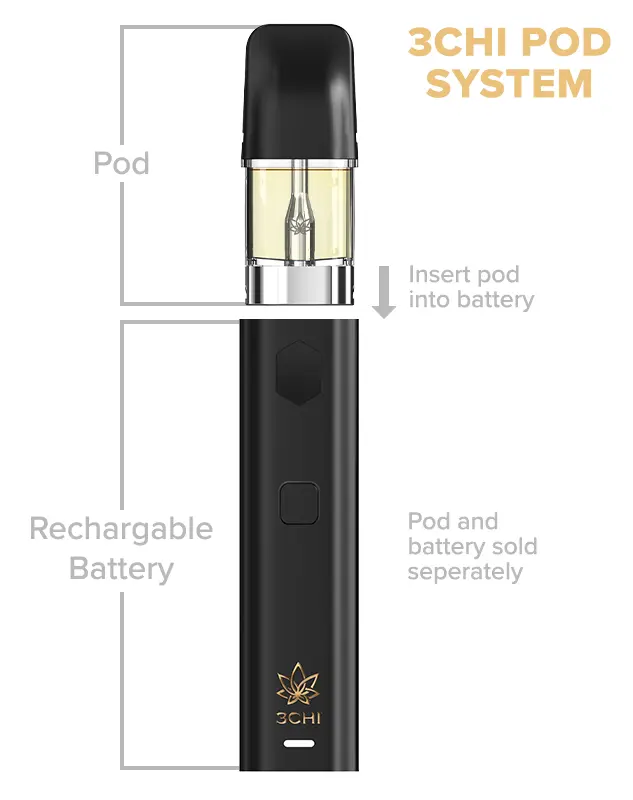Specialist Tips: Turn Products Popular Vape Tools
Specialist Tips: Turn Products Popular Vape Tools
Blog Article
The Ecological Effect of Non Reusable Vapes: Are They Truly Sustainable?
As society increasingly changes in the direction of eco-conscious usage methods, the sustainability of products has actually come under analysis especially before. Disposable vapes, a thriving market sector in the vaping sector, have triggered discussions regarding their environmental influence. The comfort and convenience of usage that disposable vapes use are obvious, however underneath the surface area lies a complex internet of environmental repercussions that elevate inquiries about their real sustainability. With problems varying from resource removal to throw away disposal, diving right into the environmental footprint of disposable vapes introduces a multifaceted concern that deserves more detailed assessment.
Ecological Influence of Disposable Vapes

Unlike traditional vapes that can be replenished and recycled, non reusable vapes are created for a single-use cycle, bring about a rapid buildup of digital waste. The manufacturing procedure of disposable vapes likewise eats important sources and power, additional worsening their ecological footprint. Improper disposal of these tools can result in soil and water contamination, positioning dangers to wildlife and communities.

Manufacturing Process and Source Usage
During the production of disposable vapes, considerable quantities of resources and energy are consumed, contributing to their overall environmental impact. The production procedure of non reusable vapes involves the extraction and processing of raw materials such as metals for the gadget parts, plastic for the casing, and lithium-ion batteries for the source of power. These procedures require substantial power inputs and can cause the generation of greenhouse gas exhausts, adding to climate adjustment. Furthermore, the manufacturing of disposable vapes commonly involves using non-renewable sources, even more depleting limited products.
Furthermore, the production of non reusable vapes additionally generates waste and air pollution. Factories creating these tools may release hazardous chemicals and results into the water, soil, and air, affecting local ecological communities and areas. The disposal of manufacturing waste, such as digital components and plastic scraps, can better worsen environmental destruction otherwise managed appropriately. Consequently, the production process of non reusable vapes plays a substantial role in their general ecological footprint and sustainability considerations.
Waste Generation and Disposal Obstacles
In light of the resource-intensive manufacturing procedure of disposable vapes, the monitoring of waste generation and disposal provides substantial ecological obstacles. Non reusable vapes contribute to the installing concern of digital waste due to their single-use nature and complex structure.
Additionally, the incorrect disposal of non reusable vape cartridges, which usually have residual nicotine and other poisonous materials, can contaminate the atmosphere otherwise managed properly. The absence of standard recycling programs for these cartridges intensifies the problem, with lots of finishing up in routine waste streams.
To attend to these waste generation and disposal difficulties, it is critical for producers to create even more sustainable vape products that are simpler to recycle. Furthermore, increased recognition and education on appropriate disposal methods among consumers are critical in minimizing the environmental influence of disposable vapes.
Chemicals and Hazardous Materials Usage

Furthermore, the batteries in non reusable vapes contain hefty metals such as lithium, cadmium, and lead, which are damaging to the atmosphere otherwise recycled properly. Turn products. Incorrect disposal of these batteries can bring about dirt and water contamination, you could try here posing risks to ecosystems and human More hints health. For that reason, the extensive usage of chemicals and toxic products in disposable vapes emphasizes the value of adopting lasting practices in their disposal, use, and manufacturing to mitigate unfavorable environmental impacts.
Lasting Alternatives and Solutions
What lasting options and services can be implemented to address the ecological effect of non reusable vapes? In addition, promoting responsible disposal techniques for disposable vapes, such as reusing programs, can help reduce the environmental consequences associated with these products.
An additional sustainable option is the advancement of biodegradable vape elements. Suppliers can check out using eco-friendly materials for vape housings, cartridges, and product packaging to lower the long-lasting environmental effect of these products. In addition, motivating making use of vaping items with fewer chemical additives and toxic substances can likewise add to a much more lasting vaping industry.
Education and learning and understanding campaigns can play an important function in advertising lasting practices among vapers - Turn products. By notifying consumers about the environmental influence of non reusable vapes and highlighting the benefits of environment-friendly choices, individuals can make even more educated options that align with environmental preservation efforts. Eventually, a mix of governing actions, technological developments, and consumer activities is important to address the environmental challenges postured by disposable vapes
Verdict
To conclude, the environmental influence of non reusable vapes is significant because of the production procedure, resource intake, waste generation, and use chemicals. Lasting options and services have to be considered to reduce these adverse impacts. It is important for producers and customers to focus on eco-friendly methods to minimize the ecological damage triggered by non reusable vapes.
The ecological impact of non reusable vapes is an expanding concern as their widespread usage contributes to plastic waste accumulation.Unlike typical vapes that can be re-filled and reused, non reusable vapes are made for a single-use cycle, leading More hints to a rapid build-up of digital waste. The prevalent use of chemicals and poisonous products in non reusable vapes highlights the importance of taking on sustainable practices in their manufacturing, use, and disposal to alleviate damaging environmental influences.
By informing customers concerning the environmental influence of disposable vapes and highlighting the benefits of environmentally friendly alternatives, individuals can make even more enlightened selections that straighten with environmental preservation initiatives.In conclusion, the environmental effect of non reusable vapes is significant due to the production procedure, resource intake, waste generation, and use of chemicals.
Report this page